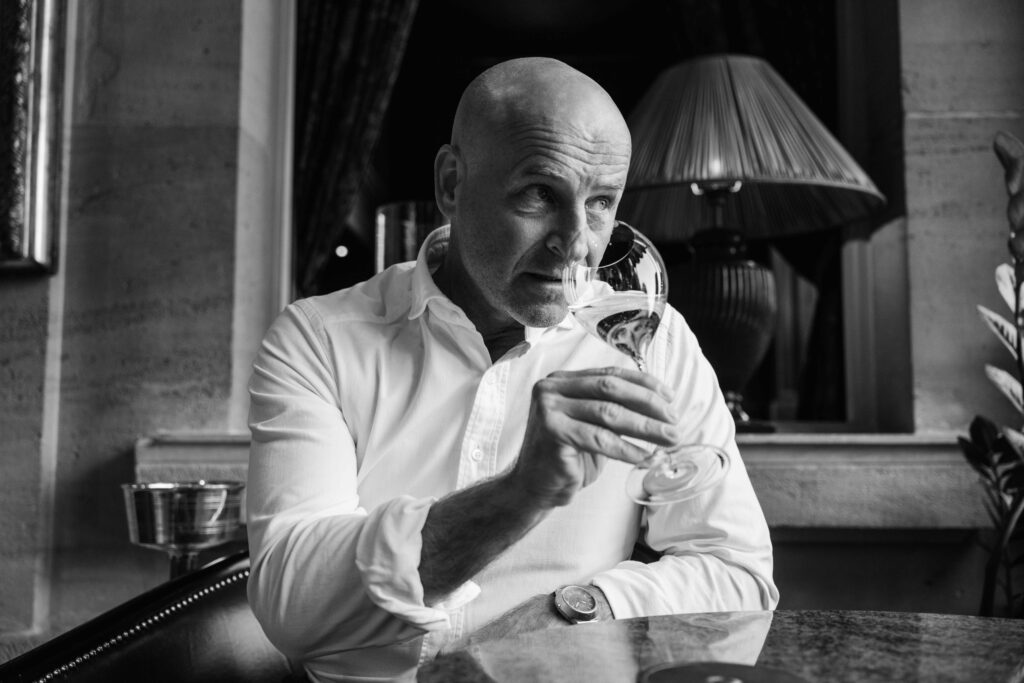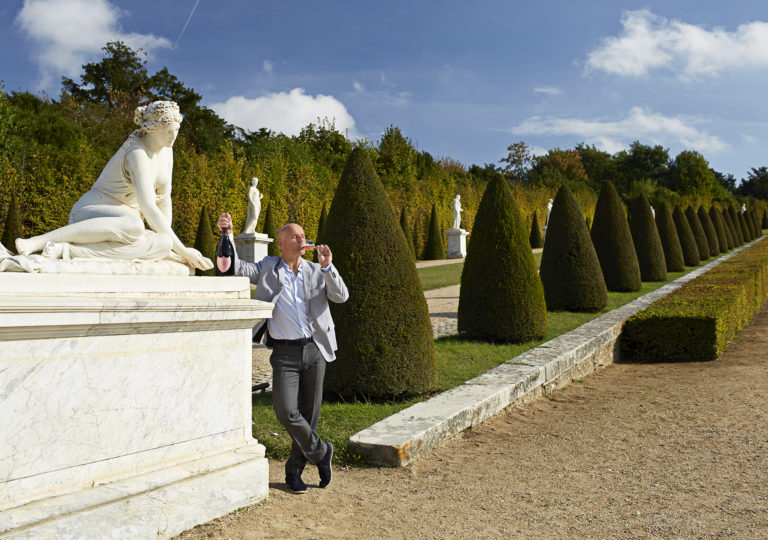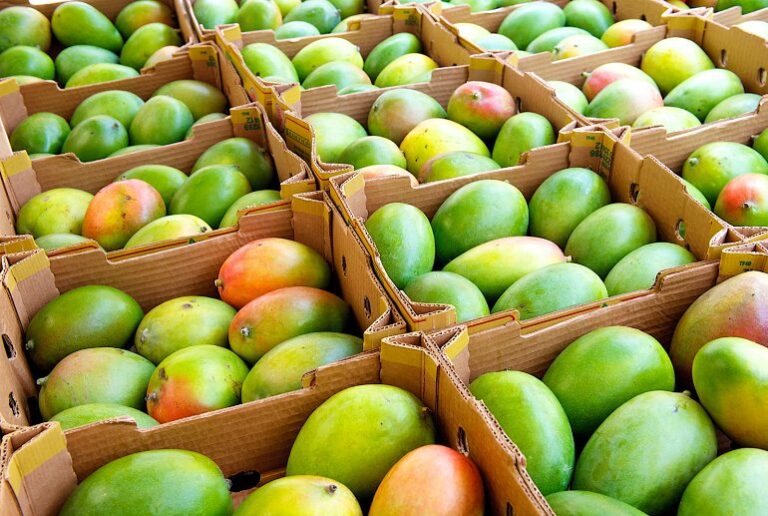How to be a an expert in blind tasting champagne? Richard Juhlin goes through the basics. Read the story here.
Estimated reading time: 10 minutes


APPEARANCE
A wine’s appearance stems from its ability to absorb and reflect visible radiation. The appearance may already give clues of what type of champagne has been poured into the glass. All major champagnes have a luminous clarity and intensity in the color, regardless of the nuance and depth. Tints are determined primarily from grape composition, vinification process, and maturity level.
A large amount of pinot grapes and old age generate the darkest colors. Thus, a young blanc de blancs is the brightest wine one can find in Champagne.
Because there are two parameters to consider, it may be very difficult to decide which kind of champagne it is by only judging its appearance. An old blanc de blancs is about as dark as a middle-aged cuvée or a young blanc de noirs. Luckily, one can distinguish by grape hues to a certain degree. Chardonnay grapes are often a weak greenish to lemon yellow hue, whereas pinot grapes can provide reddish tones like copper or bronze. Mature champagnes almost always have a golden glow of amber before the oxidation eventually makes the wines dark brown.
The importance of the mousse appearance in the glass is significantly excessive. Admittedly, the Chardonnay grapes usually have slightly smaller bubbles – as well as older champagnes that obviously have a weaker mousse than young sparkling champagnes – but the individual differences between glasses are equally clear.
Subscribe for 5.9€ a month for full access to the Tasting Library, exclusive articles, videos events and more





